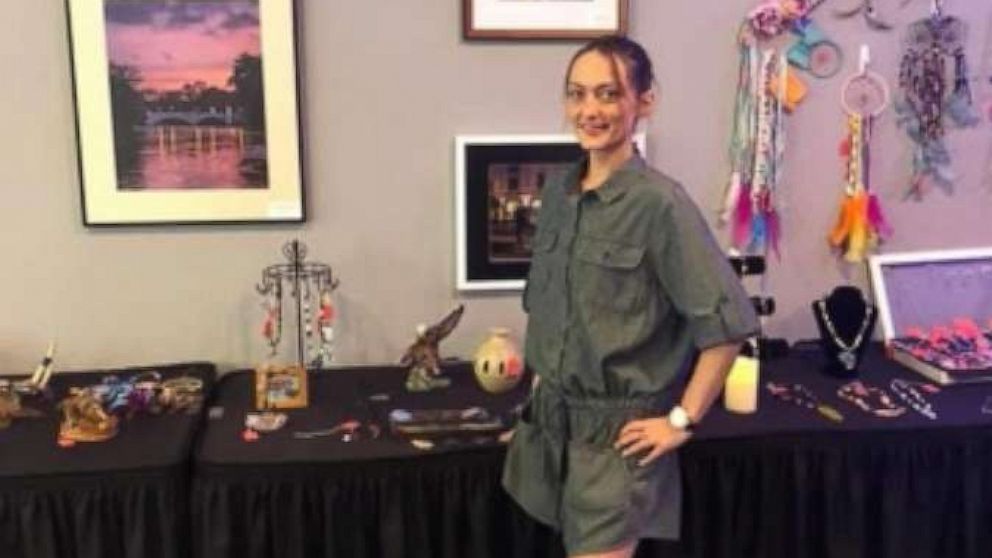Food delivery driver on self-isolating from her kids to work during COVID-19 pandemic
As restrictions around the coronavirus caused restaurants across the country to halt dine-in service, many people staying at home turned to food delivery apps.
Wendy Reynolds, a 34-year-old food delivery driver in Elkhart, Indiana, has seen a big increase in orders. Before the COVID-19 crisis, Reynolds said that on average a food delivery driver in Indiana could make about $400 for a relaxed 40-hour workweek. Since COVID-19, she said that has gone up to $700 or $800 a week.
“Our orders have more than tripled and it seems like people are turning more to this delivery as the stay-at-home orders are put into place,” Reynolds told ABC News.
While working as a delivery driver at the height of the pandemic, Reynolds made the decision to stay in Airbnb rentals and hotels, paying up to $600 a week for a room to sleep in.
“The hardest part personally would just have to be the isolation that I've experienced from my children,” Reynolds said. “I have two daughters. They aren't with me during all of this because I'm afraid of it. I'm afraid that I would give them something that would get infected and somehow infect them.”
Although business is booming, Reynolds has found herself working exhausting 14-hour days and facing new challenges. As the demand for takeout and delivery has increased, Reynolds said sometimes she now has to wait in long drive-thru lines to pick up orders.
“That order can only be $4 and we're waiting for 15 cars to get up there to get our order, and then we have to still drive it 15 minutes away,” Reynolds said. “So it's hard. You have to work all day or night to make it.”
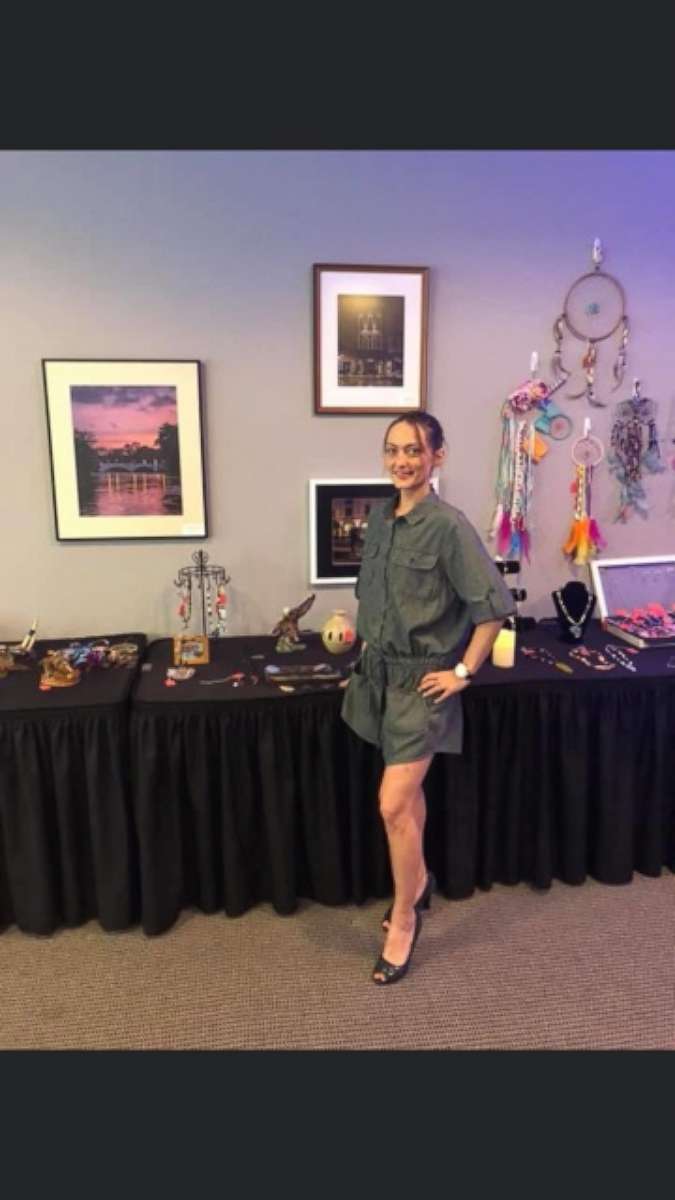
Reynolds has also had to adjust to no-contact deliveries, which means she has limited interaction with both restaurants and customers.
“When you come up and you give them their food, there's interaction and that just all stopped,” she said.
While out making deliveries, she has struggled to find somewhere to use the restroom without having to travel all the way back to her current Airbnb or hotel. Usually, she could go into restaurants or gas stations and use their restrooms, but now these restrooms are often closed.
Although gas prices have gone down due to the current crisis, Reynolds said the amount of driving she is doing is resulting in increased wear and tear on the car. To work as a delivery driver, she said she is constantly buying tires and doing repairs. In the past few months, she said she has spent over $5,000 on her car in repairs alone.
In audio diaries she recorded, Reynolds talks about how the coronavirus pandemic has affected her life and work as a food delivery driver. Her personal story can be heard in this week’s episode of the ABC News podcast “The Essentials: Inside the Curve.”
Before her life changed due to the pandemic, Reynolds would host shows to share her art and the rocks she collects, such as geodes and agates. This hobby has been meaningful to her since her first experience hosting an art show.
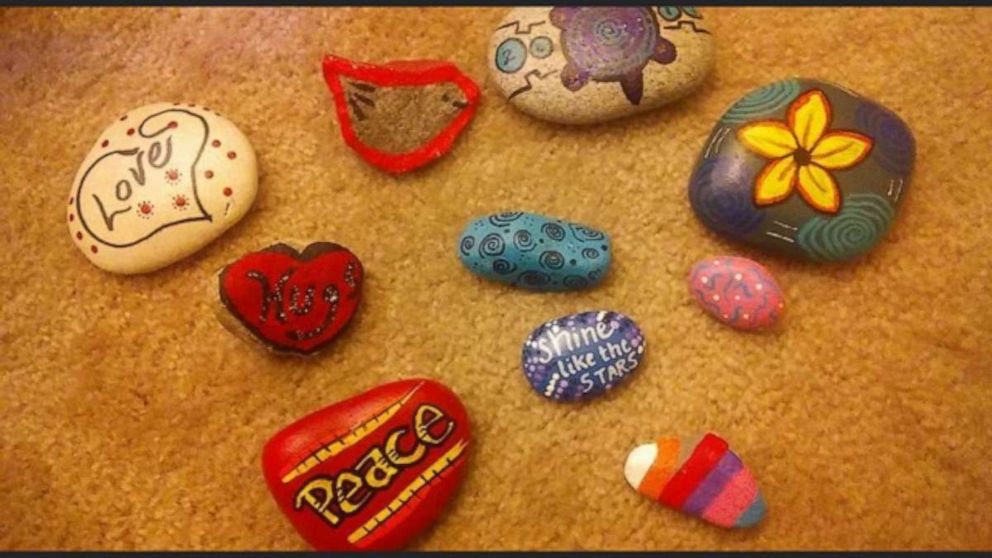
'It was just for me to sell my art and it was just a beautiful setting and I just remember feeling that night, like, this is a great moment. 'Tonight's a great moment for me,'" Reynolds said.
As the future remains uncertain due to the coronavirus, Reynolds has been worrying about when the crisis will end and whether she will be able to safely hand out sack lunches to the homeless again. It's a volunteer activity that she does every summer with her two daughters, who are 15 and 12 years old. She said it’s important for her to teach her children to give to those who are in need.
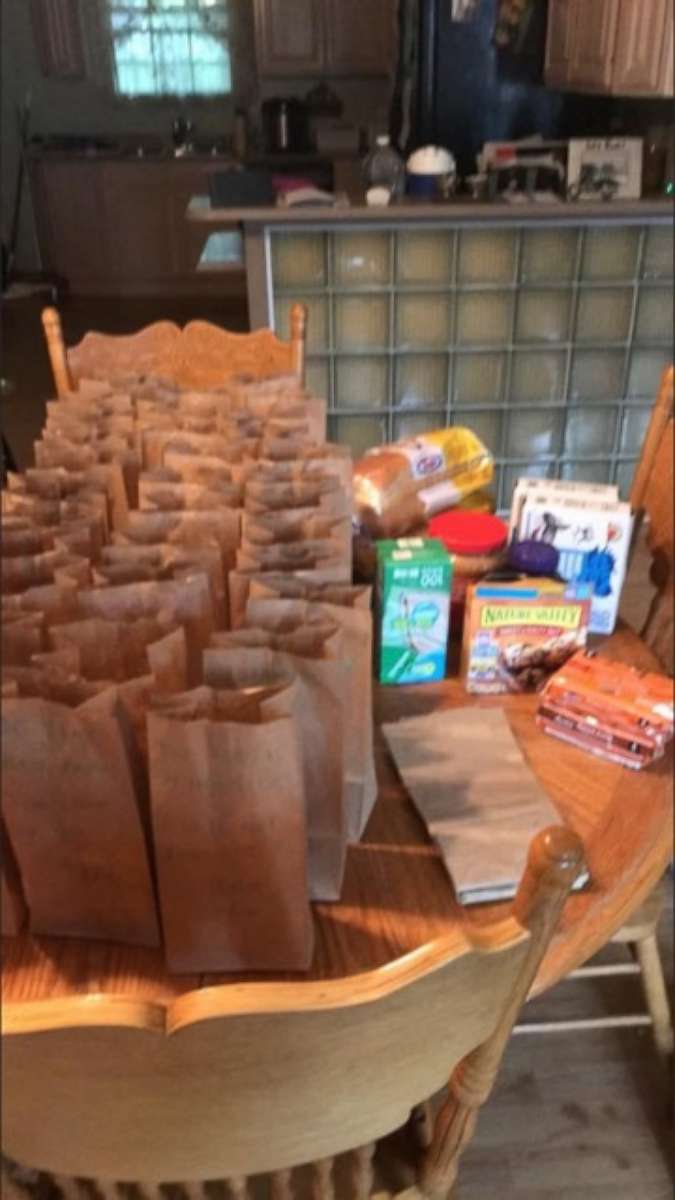
“In my life, I've had ... my ups and downs just like anyone else, and I have found myself out about and needing, and being a person in need,” Reynolds said. “You see people out there on the side of the road hungry, laying down, sleeping on the side of the road. And my kids, you know, they don't understand, but their mother has been there.”
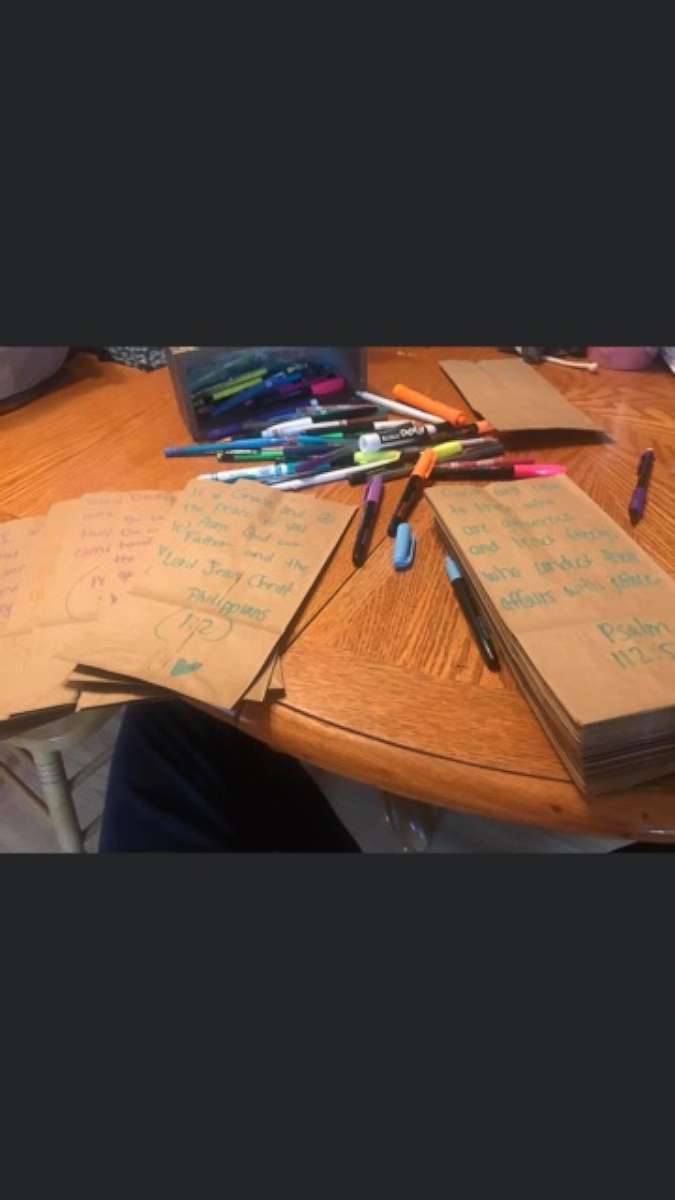
Reynolds recently made the decision to return home to her daughters, where they are taking small steps to being together again while still avoiding close contact.
“I needed to be around some people, mentally,” she said. “I'm happy that I'm back around them and I'm just glad that I'm not alone now.”
